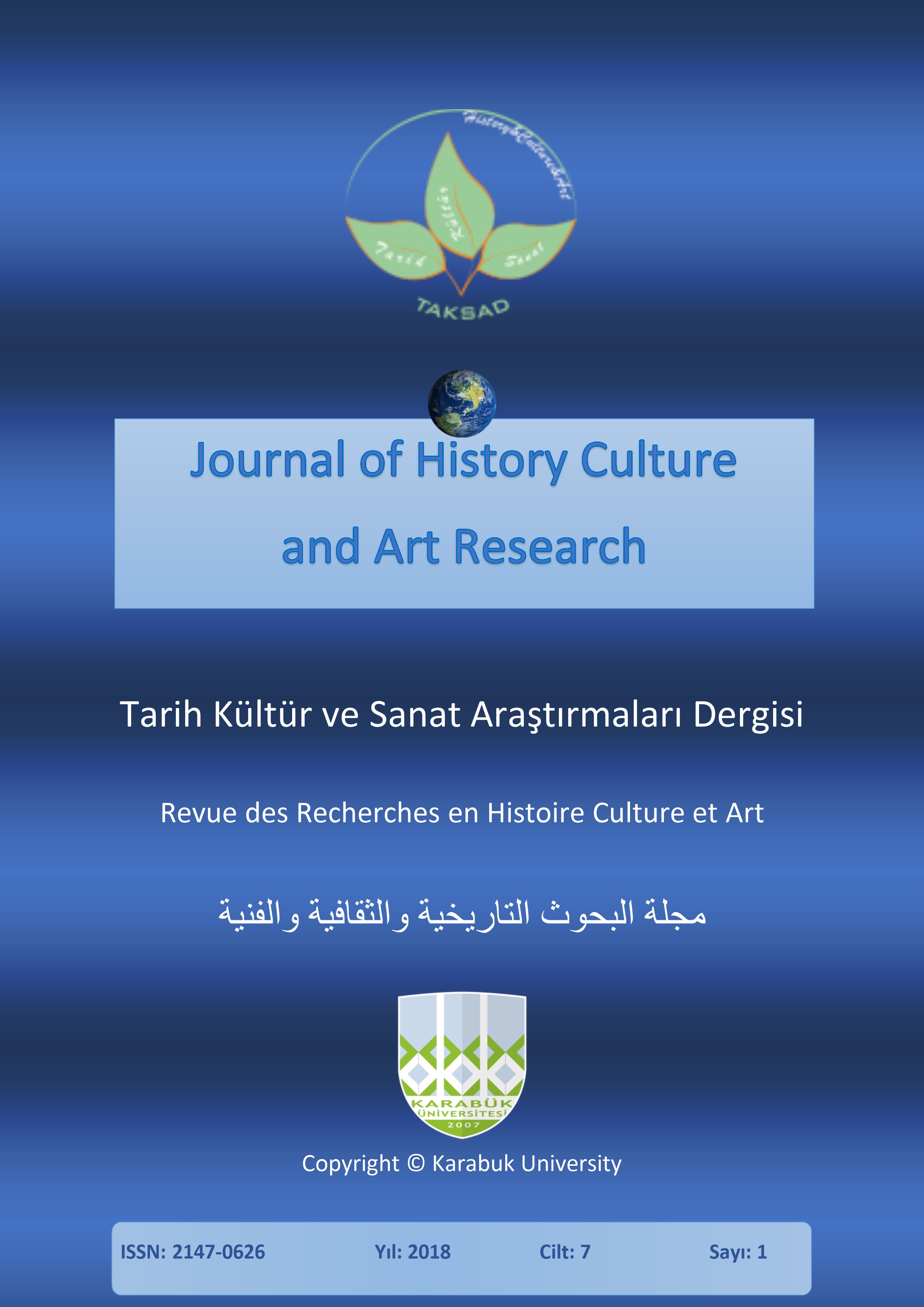Conceptual Ideas of Narrative Pedagogy in Professional Formation of a Music Art Teacher
DOI:
https://doi.org/10.7596/taksad.v7i1.1471Keywords:
Narrative pedagogy, Teacher of music art, Professional formation, Conceptual ideas, Interpretation, Hermeneutic techniques.Abstract
Modern artistic education is considered in the context of the development of the spiritual potential of the individual on the basis of constructing a pedagogical process in line with the humanitarian practice. This practice involves the joint actions of "teacher-student" in the hermeneutic circle from life experience - to theoretical knowledge, reflection of practical activity - through the identification, formulation and solution of professional development tasks. In this regard, the pedagogical community is actively discussing the need to develop promising technologies that can provide a "breakthrough" in the development of education. The new technologies aim to solve a number of problems faced by a modern high school. Accordingly, the process of learning at higher art schools should be reoriented from acquiring knowledge and skills to forming abilities to gain this knowledge and skills independently. Therefore, for humanitarian knowledge in general and for artistic pedagogy in particular, a hermeneutical view is particularly productive. In an effort to overcome the traditional rational orientation and intellectualization of consciousness, it goes to the understanding of a man through the reflective re-evaluation of the spiritual experience of mankind, fixed not only in science, but also in art, in the culture as a whole, which, from our point of view, is very relevant. So there is a natural appeal to the narrative mode of knowledge, provided not by logics but imagination, because there are free images and fantasia in it. The linguistic design of the hermeneutic interpretation of a musical piece is associated with an appeal to meanings - individual meanings of words isolated from the objective system of relationships that are directly related to a specific musical piece. We referred suggestions regarding the phasing of the metaphor to narrative techniques. Mechanism of metaphor design is recommended to imagine as a series of mental operations: the emergence of the author's intention, in search of the object (metaphor basis) that allows the author to express his idea. During this process due to the association some images and concepts arise and figurative, vivid ones should be chosen among them.
References
Antsyferova, L. I. (1981). K psikhologii lichnosti kak razvivayushcheycia sistemy [Towards personality psychology as a developing system]. Psikhologiya formirovaniya i razvitiya lichnosti [Psychology of the personality formation and development], (pp.3-19). Мoscow.
Bruner, J. (1986). Actual minds, possible worlds. Cambridge: Harvard University Press. ISBN 978-0-674-00366-8
Buzan, Т. (2002). How to Mind Map: The Thinking Tool That Will Change Your Life. Harper Collins Publishers Limited.
Kemerov, V. E. (ed.) (1998). Sovremenny filosofsky slovar [Modern Philosophical Dictionary], (2nd ed.). Moscow: Panprint. ISBN: 3-932173-35-Х.
Kolesnik, V. (2015). Resource about personal development: texts, methods, programs. [E-resource] Vitaliy Kolesnik’s bloc. URL: https://kolesnik.ru/category/creative
Rebrova, O. E. (2017). Metody stymuliuvannia khudozhnio-mentalnykh protsesiv u vykonavsky diyalnosti maybutnikh uchiteliv muzyky ta khoreographii [Stimulating methods of artistic and mental processes in the performance of future music and choreography teachers]. Science and Education. Academic Journal of Ushynsky University. 4/ СLVІІ, 2017, (pp.39-45). Odessa: K. D. Ushynsky South Ukrainian National Pedagogical University. URL: http://scienceandeducation.pdpu.edu.ua/uk/articles/2017-4-doc/2017-4-st7
Downloads
Published
How to Cite
Issue
Section
License
All papers licensed under Creative Commons 4.0 CC-BY.- Share — copy and redistribute the material in any medium or format
- Adapt — remix, transform, and build upon the material for any purpose, even commercially.
Under the following terms:
Attribution — You must give appropriate credit, provide a link to the license, and indicate if changes were made. You may do so in any reasonable manner, but not in any way that suggests the licensor endorses you or your use.
- No additional restrictions — You may not apply legal terms or technological measures that legally restrict others from doing anything the license permits.







